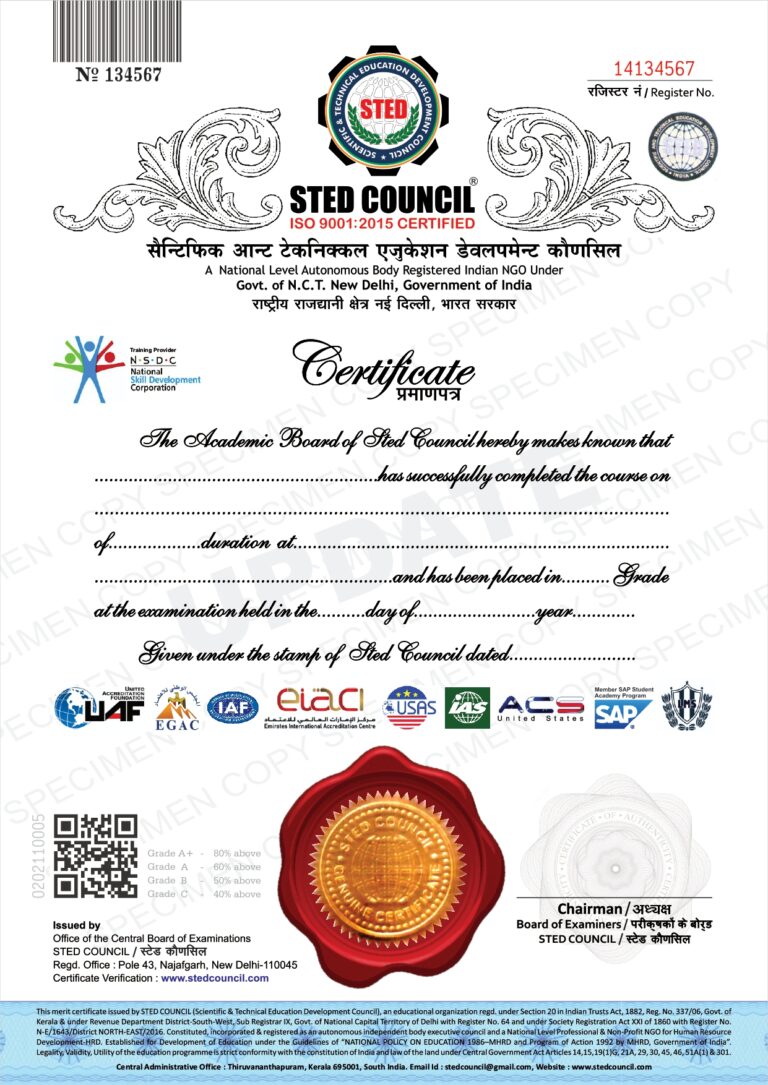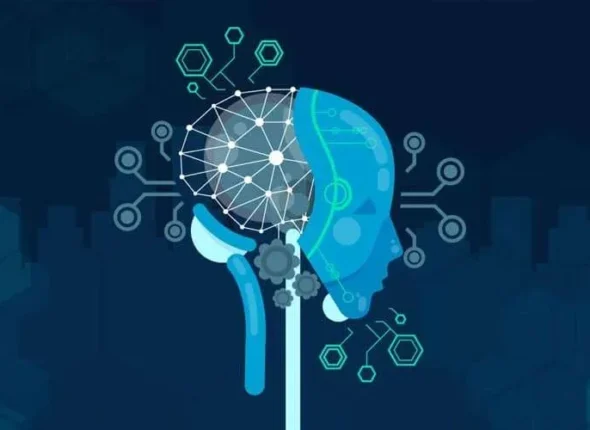
Microsoft Dynamics Technical and Functional
Curriculum
-
Module 1: Introduction to Dynamics 365 Power Platform Development
This module introduces the concept of extending Microsoft Dynamics 365 Customer Engagement Apps and Power Apps using Pro Code development. You will learn about the tools and resources that are available to Pro Code Developers as well as best practice methodologies and fundamentals.
After completing this module, students will be able to:
Describe the key features and tools available to developers in Microsoft Dynamics 365 Power Platform
Be familiar with the developer resources and how to set up your development environment
Understand the key skills required to develop and extend the Power Platform
Know where to find help and further reading resources
-
Lab 1:
Setting up you Lab Environment
-
Lab 2:
Developer Orientation
-
Module 2: Working with the Common Data Service using the API
This module presents the various API options that are available to developers in connect to a interact with the Common Data Service programmatically. You will learn how to write server-side and client-side code to consume the API endpoints.
After completing this module, students will be able to:
Be familiar with the various API’s available to connect to the Common Data Service
Understand how to write server-side and client-side code to utilize the API’s
Be able to set up Microsoft Visual Studio to start developing code against the API’s
Know how to authenticate, connect and perform CRUD based operations programmatically against CDS.
-
Lab 1:
Using the Web API with Server-side code to connect to CDS
-
Lab 2:
Using the Organization service with Server-side code to connect to CDS
-
Lab 3:
Using the Web API with Client-side code to connect to CDS
-
Module 3: Developing Client-side Code
This module introduces the concepts of developing client-side code that works with the event driven Client API Object Model in Microsoft Dynamics 365 Model-driven Apps. You will also learn how to create and deploy client-side components using Web Resources that use the Web API to work with data in the Common Data Services (CDS).
After completing this module, students will be able to:
Understand the concept of the Client API Object Model and client-side coding
Know how to write client-side code to extend Model-driven Apps
Be familiar with the concept of how to write JavaScript functions
Deploy HTML and JavaScript Web Resources
-
Lab 1:
Writing a JavaScript Event Handler
-
Module 4: Developing Plug-Ins
In this module you will learn how to develop custom business logic in a Plug-In component using Microsoft .Net C# in Visual Studio. You will also learn how to deploy Plug-In components to the Common Data Service (CDS) using the Plug-In Registration Tool.
After completing this module, students will be able to:
Understand the need for custom business logic and Plug-Ins
Know how to set up a Microsoft Visual Studio projects to start creating custom Plug-In component
Be familiar with the process to write, deploy and test Plug-In code in Microsoft Visual Studio
Use the Plug-In Registration Tool to deploy a Plug-In to the Common Data Service
Debug issues with Plug-In code using the Plug-In Profiler tool
Understand how to deploy Plug-Ins to a production environment using Solutions.
-
Lab 1:
Create and deploy a Plug-In
-
Module 5: Developing Custom Workflow Activities
In this module you will learn how to develop a Custom Workflow Activity using Microsoft .Net C# in Visual Studio. You will also learn how to use a Custom Workflow Activity as a Workflow Step in Dynamics 365 Model-driven App.
After completing this module, students will be able to:
Understand the need for custom Workflow Activities in Microsoft Dynamics 365 CE Version 9
Know how to set up a Visual Studio project to start creating a custom Workflow Activity
Be familiar with the process to create and deploy a custom Workflow Activity using the Plug-In Registration Tool
Understand how to use a custom Workflow Activity in Dynamics 365 Processes
-
Lab 1:
Create a Custom Workflow Activity
-
Module 6: Extending PowerApps
This module looks at the possibilities when using Custom Controls in Model-driven Apps to extend the out of the box functionality, including embedding Canvas Apps inside of Model-driven Apps.
After completing this module, students will be able to:
Be familiar with Custom Controls
Understand how to configure Model-driven Apps and Canvas Apps to use Custom Controls
Understand the process to configure Custom Controls
-
Lab 1:
Create a Canvas App and embed it into a Model-driven App
-
Module 7: The PowerApps Component Framework (PCF)
This module extends on the previous module as we look into creating custom components for Model-driven Apps and Canvas Apps using the Power Apps Component Framework (PCF).
After completing this module, students will be able to:
Understand the need for custom components and controls in Model-driven and Canvas Apps
Know how to set up your project to start creating a custom PCF control
Be familiar with the process to write, deploy and test PCF controls using the Power Apps CLI
Know how to deploy a PCF control in Power Apps
Understand how to deploy PCF controls to a production environment
-
Module 8: Developing Custom Connectors
This module looks at how Pro Developers can create Custom Connectors in the Power Apps Maker Portal to then be used by App Makers in Model-driven Apps and Canvas Apps to connect to external data sources and systems.
After completing this module, students will be able to:
Understand the need for Custom Connectors
Know how to start creating a Custom Connector
Understand how to set up Azure when building and securing Custom Connectors
Know how to configure a Custom Connector in the Power Apps Maker Portal
Understand how to share a Custom Connector
-
Lab 1:
Create a Custom Connector
-
Module 9: Application Lifecycle Management (ALM)
In this module we look at the Application Lifecycle Management (ALM) options that are available to help manage and support a Dynamics 365 Power Platform deployment. The Microsoft Power Platform Build Tools and the Power Apps Center of Excellence Starter Kit are also presented in this module.
After completing this module, students will be able to:
Understand the need for ALM governance frameworks for Microsoft Power Platform Solutions
Understand the benefits of implementing Microsoft Power Platform Build Tools for Azure DevOps
Be familiar with the monitoring, governance and nurturing tools and dashboards available through the Power Apps Center of Excellence
-
Lab 1:
-
Module 1: Introduction to Dynamics 365 Power Platform Development
This module introduces the concept of extending Microsoft Dynamics 365 Customer Engagement Apps and Power Apps using Pro Code development. You will learn about the tools and resources that are available to Pro Code Developers as well as best practice methodologies and fundamentals.
After completing this module, students will be able to:
Describe the key features and tools available to developers in Microsoft Dynamics 365 Power Platform
Be familiar with the developer resources and how to set up your development environment
Understand the key skills required to develop and extend the Power Platform
Know where to find help and further reading resources -
Lab 1:
Setting up you Lab Environment
-
Lab 2:
Developer Orientation
-
Module 2: Working with the Common Data Service using the API
This module presents the various API options that are available to developers in connect to a interact with the Common Data Service programmatically. You will learn how to write server-side and client-side code to consume the API endpoints.
After completing this module, students will be able to:
Be familiar with the various API’s available to connect to the Common Data Service
Understand how to write server-side and client-side code to utilize the API’s
Be able to set up Microsoft Visual Studio to start developing code against the API’s
Know how to authenticate, connect and perform CRUD based operations programmatically against CDS. -
Lab 1:
Using the Web API with Server-side code to connect to CDS
-
Lab 2:
Using the Organization service with Server-side code to connect to CDS
-
Lab 3:
Using the Web API with Client-side code to connect to CDS
-
Module 3: Developing Client-side Code
This module introduces the concepts of developing client-side code that works with the event driven Client API Object Model in Microsoft Dynamics 365 Model-driven Apps. You will also learn how to create and deploy client-side components using Web Resources that use the Web API to work with data in the Common Data Services (CDS).
After completing this module, students will be able to:
Understand the concept of the Client API Object Model and client-side coding
Know how to write client-side code to extend Model-driven Apps
Be familiar with the concept of how to write JavaScript functions
Deploy HTML and JavaScript Web Resources -
Lab 1:
Writing a JavaScript Event Handler
-
Module 4: Developing Plug-Ins
In this module you will learn how to develop custom business logic in a Plug-In component using Microsoft .Net C# in Visual Studio. You will also learn how to deploy Plug-In components to the Common Data Service (CDS) using the Plug-In Registration Tool.
After completing this module, students will be able to:
Understand the need for custom business logic and Plug-Ins
Know how to set up a Microsoft Visual Studio projects to start creating custom Plug-In component
Be familiar with the process to write, deploy and test Plug-In code in Microsoft Visual Studio
Use the Plug-In Registration Tool to deploy a Plug-In to the Common Data Service
Debug issues with Plug-In code using the Plug-In Profiler tool
Understand how to deploy Plug-Ins to a production environment using Solutions. -
Lab 1:
Create and deploy a Plug-In
-
Module 5: Developing Custom Workflow Activities
In this module you will learn how to develop a Custom Workflow Activity using Microsoft .Net C# in Visual Studio. You will also learn how to use a Custom Workflow Activity as a Workflow Step in Dynamics 365 Model-driven App.
After completing this module, students will be able to:
Understand the need for custom Workflow Activities in Microsoft Dynamics 365 CE Version 9
Know how to set up a Visual Studio project to start creating a custom Workflow Activity
Be familiar with the process to create and deploy a custom Workflow Activity using the Plug-In Registration Tool
Understand how to use a custom Workflow Activity in Dynamics 365 Processes -
Lab 1:
Create a Custom Workflow Activity
-
Module 6: Extending PowerApps
This module looks at the possibilities when using Custom Controls in Model-driven Apps to extend the out of the box functionality, including embedding Canvas Apps inside of Model-driven Apps.
After completing this module, students will be able to:
Be familiar with Custom Controls
Understand how to configure Model-driven Apps and Canvas Apps to use Custom Controls
Understand the process to configure Custom Controls -
Lab 1:
Create a Canvas App and embed it into a Model-driven App
-
Module 7: The PowerApps Component Framework (PCF)
This module extends on the previous module as we look into creating custom components for Model-driven Apps and Canvas Apps using the Power Apps Component Framework (PCF).
After completing this module, students will be able to:
Understand the need for custom components and controls in Model-driven and Canvas Apps
Know how to set up your project to start creating a custom PCF control
Be familiar with the process to write, deploy and test PCF controls using the Power Apps CLI
Know how to deploy a PCF control in Power Apps
Understand how to deploy PCF controls to a production environment -
Module 8: Developing Custom Connectors
This module looks at how Pro Developers can create Custom Connectors in the Power Apps Maker Portal to then be used by App Makers in Model-driven Apps and Canvas Apps to connect to external data sources and systems.
After completing this module, students will be able to:
Understand the need for Custom Connectors
Know how to start creating a Custom Connector
Understand how to set up Azure when building and securing Custom Connectors
Know how to configure a Custom Connector in the Power Apps Maker Portal
Understand how to share a Custom Connector -
Lab 1:
Create a Custom Connector
-
Module 9: Application Lifecycle Management (ALM)
In this module we look at the Application Lifecycle Management (ALM) options that are available to help manage and support a Dynamics 365 Power Platform deployment. The Microsoft Power Platform Build Tools and the Power Apps Center of Excellence Starter Kit are also presented in this module.
After completing this module, students will be able to:
Understand the need for ALM governance frameworks for Microsoft Power Platform Solutions
Understand the benefits of implementing Microsoft Power Platform Build Tools for Azure DevOps
Be familiar with the monitoring, governance and nurturing tools and dashboards available through the Power Apps Center of Excellence -
Lab 1:








